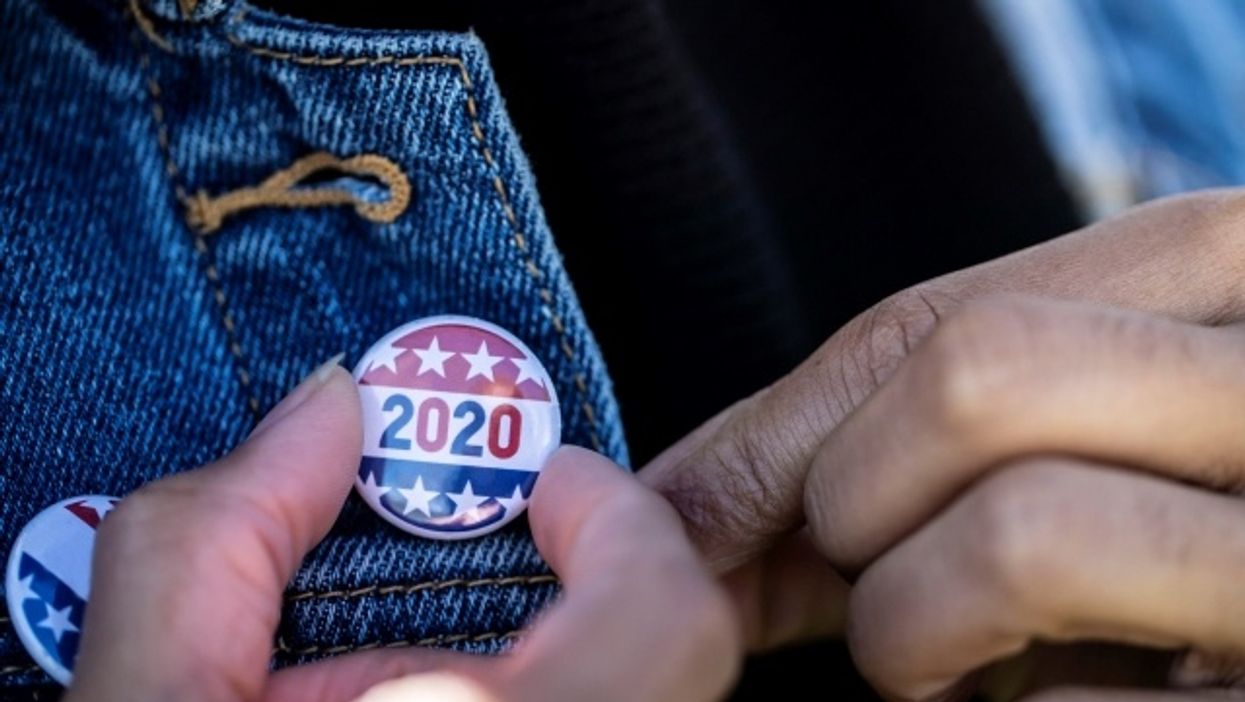
Political polls elicit predictable reactions from the candidates being polled. The campaign of the candidate trailing in the poll almost invariably invokes history: "I, for one, am grateful that Christopher Columbus didn't take a poll before he bravely sailed off in search of a New World. He never would have left the dock" or, "Thank goodness George Washington and his cold, hungry and out-manned troops at Valley Forge didn't listen to the pollsters, or you and I today would still be bowing and curtsying before the queen."
And the candidate who is leading in those same polls also has a script to follow, which typically goes like this: "Encouraging as these results may be, any poll is nothing more than a snapshot in time. We'll just continue to work harder to earn the confidence of the hardworking Americans we seek to serve." Which is often followed by, "We all know there is only one poll that counts, and that is the real poll on Election Day."
Still, polls are fascinating in the way they are able to slice and dice the electorate by age, gender, marital status, race, religion, party, occupation, income, education and hometown. You want to know how vegetarian cross-dressers who served in the military and oppose the right-turn-on-red law intend to vote? Chances are there is some pollster somewhere who can tell you.
This year, pollsters seem to agree that President Donald Trump has been leaking support among several groups who supported him four years ago, including suburban, college-educated voters; voters over the age of 65 who are understandably quite concerned about the pandemic; and even white, blue-collar voters who have been put off by Trump's personal style as much as his policies.
But I would suggest that there is one missing group from the 2020 electorate that should signal alarm to the Trump campaign. Recall that four years ago Trump won 46.1 percent of the national vote, while Hillary Clinton won 48.2 percent, or 2.87 million more votes, and the Green and Libertarian candidates collected 4.35 percent between them. What Trump needs in 2020 — and is not yet getting — are "convert" voters who, though they backed Clinton four years ago, have been moved by Trump's record or leadership to switch to supporting the president in 2020.
I first realized the significance of such a voter subgroup in the 1980 election between incumbent Jimmy Carter and challenger Ronald Reagan. The election Carter had won four years earlier over Gerald Ford had been even closer than the 2016 election. The question I asked then (which seems appropriate today) was how many people who had voted for Ford in 1976 intended to vote for Jimmy Carter in 1980 compared with how many people who voted for Jimmy Carter in 1976 did not intend to do so again? The second group was much larger than the first. I don't know about you, but I have yet to encounter a single 2016 Hillary Clinton voter who says he intends to vote this time for Donald Trump. As of today, there are more Trump defectors than there are converts, and that spells trouble for the incumbent on Nov. 3.
To find out more about Mark Shields and read his past columns, visit the Creators Syndicate webpage at www.creators.com.








